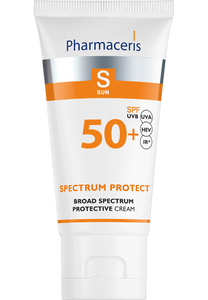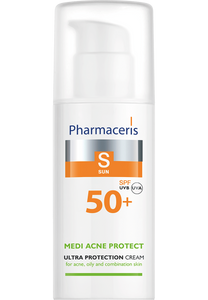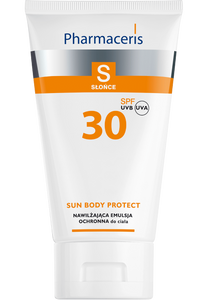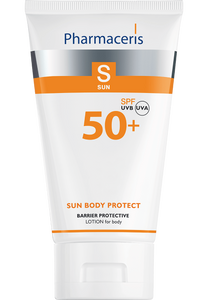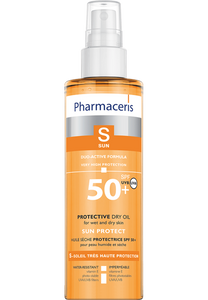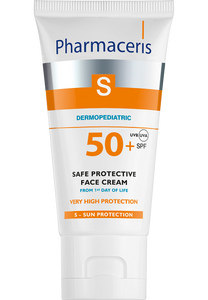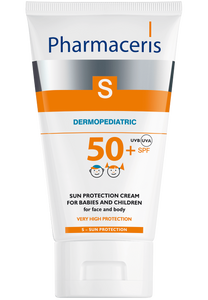- SAFE PAYMENTS
- SAFE DELIVERY
- 2-7 DAYS - GLS EXPRESS SAVER

SUN
Face care and protection
Body care and protection
There are three types of ultraviolet rays (UV) according to their wavelength:
UVA rays account for approximately 90% of the UV radiation they are responsible for skin ageing and sun exposure reactions at a later age, as well as photo-allergies and may, to some extent, contribute to skin cancer; UVA rays have lower energy than UVB rays but are 20 times more abundant than UVB;
UVB rays account for approximately 5% of the UV radiation they cause sunburn, boost the tanning process and contribute to skin cancer;
UVC rays do not reach the surface of the Earth because they are absorbed by the ozone layer.
UV radiation was first reported to be harmful to the skin in the late nineteenth century. At first it was believed that the early and late effects of skin’s exposure to sunlight are caused by UVB radiation.
Nowadays, UVA rays are also known to contribute to the development of skin cancer and melanoma. High UVA doses may strengthen ultraviolet B-induced erythema, immunosuppression and the harmful effect on the connective tissue. They also contribute to the development of precancerous lesions and skin cancer.
Biological effects of UV radiation are classified as:
early – related to erythema, sunburn and skin thickening
late – related to the effects of UV radiation on the skin causing pigmentation disorders, elastosis, premature skin aging (photo-ageing) and the development of precancerous lesions, skin cancer and melanoma.
It is extremely important to provide the skin with adequate protection against damage caused by UV rays. Experts recommend the use of products with appropriate UV protection level with photo-stable filters providing broad-spectrum protection against UV radiation. Protective products should not only used while tanning, where the skin is exposed to the harmful effects of UVB radiation, but also when exposed to UVA sources in the treatment of dermatoses or beauty procedures.

